Copyright Uncovered: The Academic Protocol
Welcome one and all to a new academic year! I thought we could start this academic year with a quick introduction to copyright law and how that applies to UK Higher Education.
This blog post will look at copyright law in the UK, how it applies to Higher Education, how it applies during teaching, research, Phd theses and of course how it applies to learning, using the library and of course AI.
Shall we?!
Copyright: The British Directive
Copyright is a legal right that gives the creator of an original work control over how their work is used by others. It allows them to permit or restrict copying, distribution, performance, or adaptation of their work. Importantly, copyright protects the expression of ideas—not the ideas themselves—and applies regardless of artistic merit, as long as the work is original and created by a human author.
Copyright is one of several types of Intellectual Property (IP) rights, alongside patents, trademarks, and design rights. Intellectual Property (IP) refers to legal rights that protect your original ideas and creations, giving you the ability to control how they are used by others. These rights are designed to help you safeguard, commercialise, and benefit from your innovations—whether you’re developing new technologies, creating artistic works, or building a brand.
There are several types of formal IP rights:
- Patents – Protect technical inventions and innovative solutions across all industries.
- Copyright – Covers original creative works such as literature, music, software, and art.
- Trademarks – Identify and protect distinctive signs, logos, or names that represent a business or product.
- Designs – Safeguard the visual appearance or aesthetics of a product.
In addition to these formal rights, businesses and individuals may also protect sensitive information—such as formulas, processes, or strategies—by keeping it confidential as a trade secret.
The EU but also other trade partners, also have another type of IP, which is Geographical Indication. A Geographical Indication (GI) is a type of intellectual property that identifies a product as originating from a specific location—such as a region, town, or country—where its unique qualities, reputation, or characteristics are closely linked to that place.
To qualify as a GI, the product must clearly come from the named location, and its distinctiveness must be essentially due to its geographical origin. This connection between the product and its place of production is what gives the GI its value and authenticity.
Examples include foods, beverages, and crafts that are deeply tied to local traditions, climate, or expertise—think of Stilton cheese, Melton Mowbray pork pies, or Scotch whisky.
Understanding IP is especially important in academic and entrepreneurial settings, where ideas and creativity are central to research, teaching, and innovation.
While studying or working at the University, it’s essential to understand the UK copyright framework, governed by the Copyright, Designs and Patents Act 1988. Here are some key points to keep in mind:
- Automatic protection: Copyright is granted as soon as a work is created—no registration is needed.
- Duration: In most cases, copyright lasts for the lifetime of the author plus 70 years.
- Public domain: Once copyright expires, works enter the public domain and can be freely used.
- Exceptions: UK law includes specific exceptions that allow limited use of copyrighted material without permission—these should be carefully reviewed before use.
- Permission: If you’re unsure whether your intended use is permitted, it’s best to contact the copyright holder for permission.
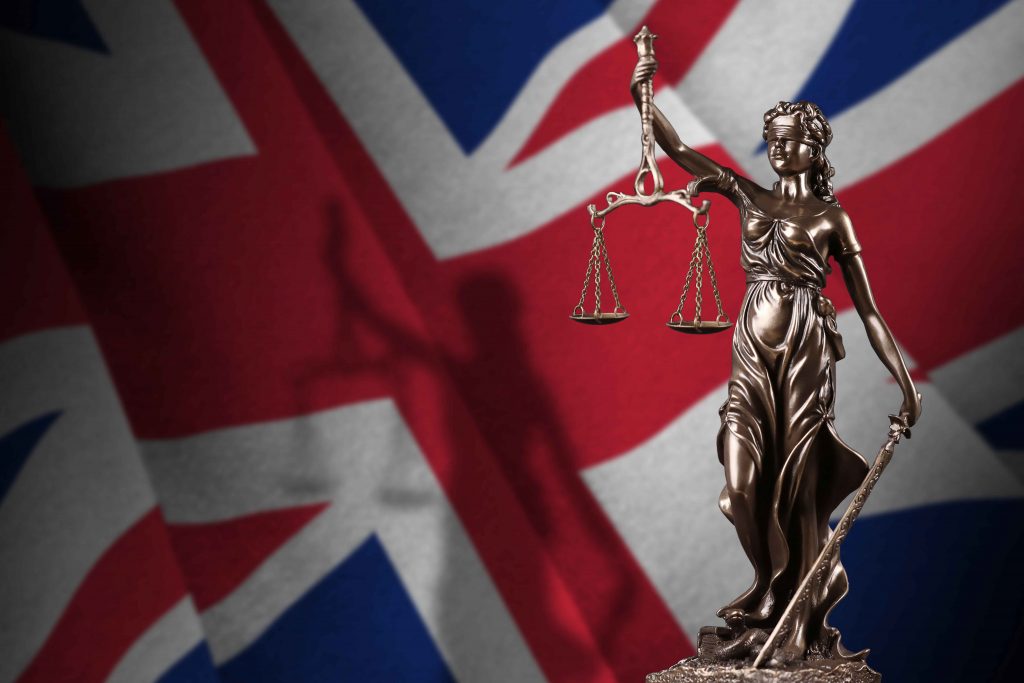
The Academic Initiative: Copyright Unleashed
While at University you will be faced with a multitude of copyright cases, as staff and as a student. Let’s have a closer look at the different ways copyright applies at the University.
First and foremost, it applies on all the material you wish to use for teaching, research and conferences. It also applies in student assignments. As mentioned above, material is protected by copyright if it is original and created by a human being. During the day-to-day activities at the University, different materials and media are used, in different ways. This is possible due to the exceptions which exist within the law, so that educational establishments can do their work without infringing. However, the stipulations of the exceptions need to be followed to the letter for that exception to be admissible in court. Why do I say that? Because it isn’t uncommon for Universities to be taken to court if rights holders believe infringement has been done.
Have a look at the below table for the relevant exceptions which apply in an educational setting:
| Name of exception | Purpose | Activities covered | CDPA section |
| Research or private study | Allows students and researchers to make copies of copyright works for non-commercial research or private study. | Making personal copies of extracts from books and journals. Copying images to use as stimulus in research study. | Section 29 |
| Quotation | Allows anyone to reproduce copyright works for the purpose of quotation where it is fair. | Includes presenting extracts from books, journals and musical works to students. Potential use of whole works where the use is fair. | Section 30 |
| Accessible copying | Allows individuals or institutions to provide equal access to copyright works for users with any type of disability. | Digitising print material. Format shifting text to audio. Creating subtitles for videos. | Sections 31A-F |
| Illustration for instruction | Allows teachers or students to use copyright work in teaching or study where the use is fair. | Including text, images, music or video in teaching slides and lecture recordings. Adding content to examination papers. | Section 32 |
| Educational performance | Allows any copyright work that can be performed, played or shown in an educational setting to be performed, played or shown. | Screening a film in a lecture, playing musical sound recordings in class, performance of a play in class (i.e. not for an external audience). | Section 34 |
| Recording of broadcasts | Allows educational establishment to record TV and radio broadcasts and make them available to students. | Underpins the University’s use of BoB Online TV streaming service. | Section 35 |
| Making multiple copies | Allows educational institutions to copy up to 5% of a copyright work and supply multiple copies to students. | Copying of book extracts not covered by the CLA licence. Copying up to 5% of a film or sound recording and making it available to students on LEARN. | Section 36 |
Fair dealing is a UK copyright exception allowing limited use of copyrighted material without permission. However, determining what constitutes fair dealing is complex and decided on a case-by-case basis by courts.
Key factors considered include:
- Market impact: Whether your use substitutes for the original work, potentially harming the copyright owner’s income.
- Amount used: Whether the portion taken is reasonable and necessary. Generally, only part of a work can be used.
- Nature of the use: The specific context and purpose of the use will influence the assessment.
It’s important to note that fair dealing rules vary by country. Do not rely on the concept of “fair use” as it’s a US-specific exception.
For a more detailed guide on fair dealing, please refer to Fair dealing: A quick guide.
The University also subscribes to different licences that allow you to use copyright material, under certain circumstances.
| Type of licence | What’s covered |
| CLA (Copyright Licensing Agency) | Copies of up to one chapter or 10% (whichever is the greater) from books. 2 whole articles from a magazine/journal issue, or, where the issue (or a substantial part of it) is dedicated to a particular theme, and the journal is not a CCC Electronic Rights-Work, any number of articles dedicated to that theme. Please see the CLA user guidance for more information. |
| ERA (Educational Recording Agency) | Recordings from UK TV and radio broadcasts (provided by BoB – On Demand). |
| NLA Media Access (Newspaper Licensing Agency) | Links and copies of articles from newspapers. |
| Electronic library resources | Allows you to access e-books, journals, and other databases for your non-commercial study or research. |
You can freely use copyright material under Creative Commons license, please make sure that you follow the terms of the respective licence.
If there is no licence to allow you to use copyright material in your teaching, you will need to do one of the following:
- Ask for permission from the copyright holder;
- Determine if your activity is covered by a copyright exception.
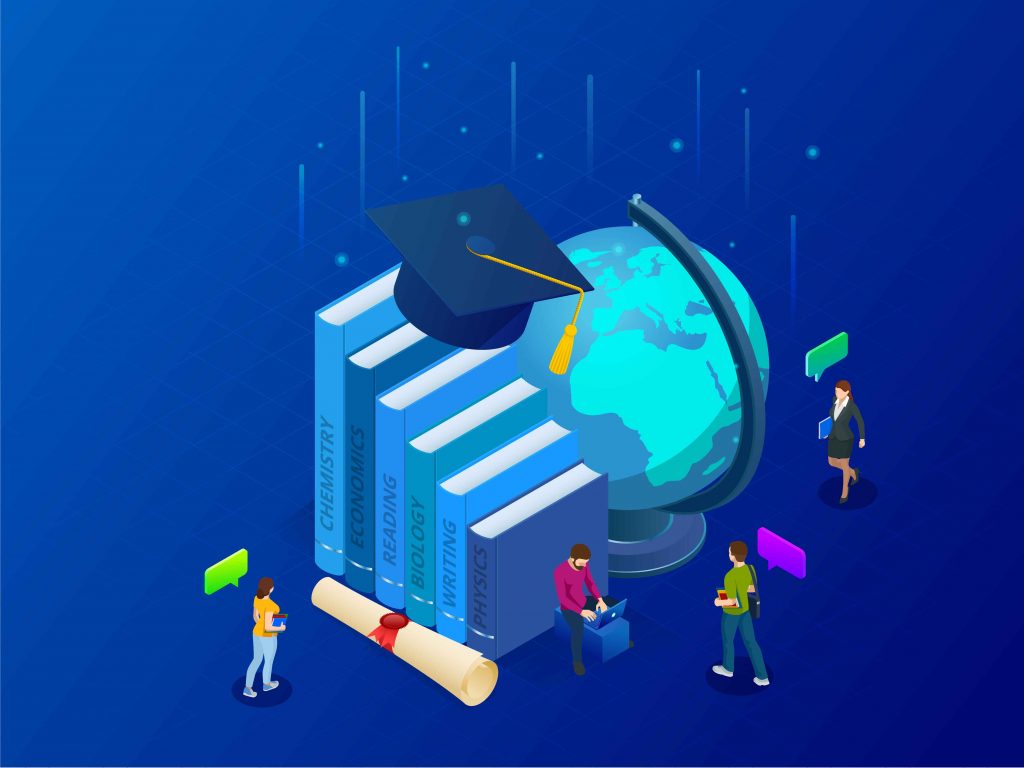
Project Copyright: The Academic Dossier
As lecturers, you play a crucial role in ensuring ethical and compliant use of educational materials in your teaching and learning activities:
- Copyright ownership in educational materials: In the absence of an agreement to the contrary, the copyright and/or database right in material produced by staff members in the course of their duties rests with the University. This includes, but is not limited to, teaching material, internal reports, policies, etc. Performance rights and moral rights exist independently of copyright and these rights are not affected.
- Fair dealing and other copyright exceptions: Familiarize yourself with fair dealing provisions and other copyright exceptions that may allow for the use of copyrighted materials without permission in educational settings.
- Strategies for integrating copyrighted materials into lesson plans: Integrate copyrighted materials responsibly, ensuring that your use aligns with fair dealing principles and does not undermine the potential market for the original work.
- Copyright and open educational resources (OER): Explore and utilize OER, which are freely available educational materials that are licensed for open use, sharing, and adaptation.
- Copyright awareness and training: Encourage copyright awareness among your students and signpost students to the copyright pages, as well as advise them to attend copyright training sessions.
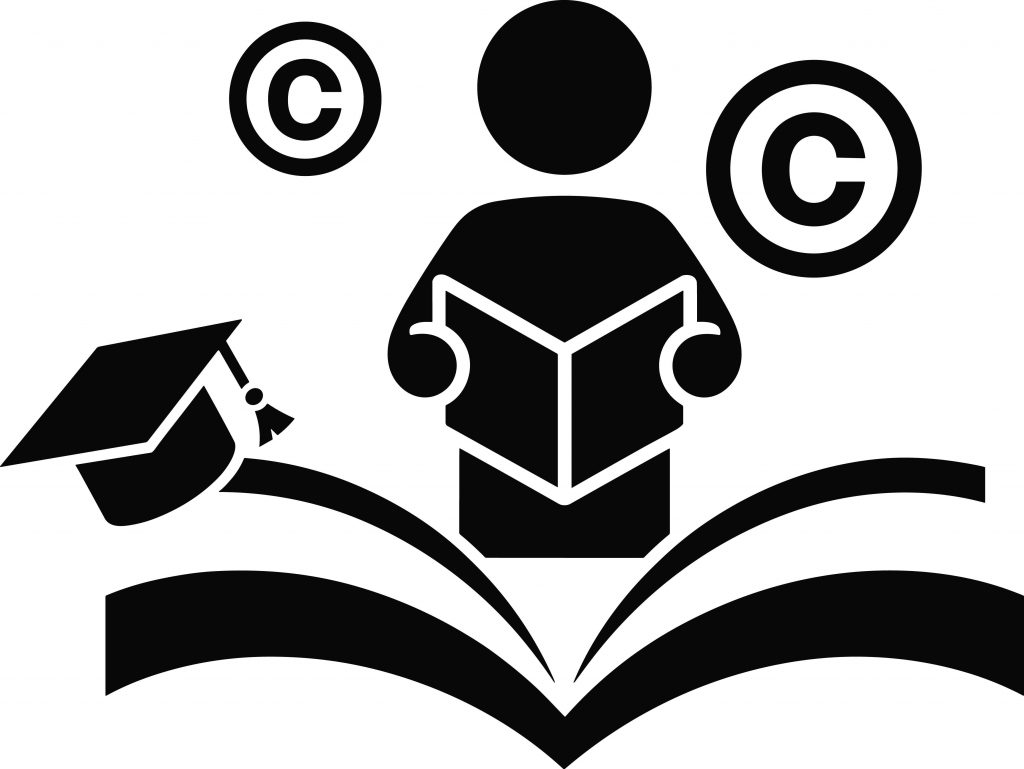
Copyright: Campus Intelligence Division
If you are drawn to investigate things aka research things, there are even more copyright issues to be aware of:
- Copyright ownership in research outputs: Generally, the copyright in research outputs, such as journal articles, book chapters, and data sets, belongs to the author(s) of the work.
- Copyright management in collaborative research projects: In collaborative research, copyright ownership may be shared among the collaborators, and agreements should be in place to clarify copyright ownership and usage rights.
- Copyright considerations when sharing data and findings: When sharing research data or findings, be mindful of any copyright restrictions that may apply.
- Ethical use of copyrighted materials in research: Always cite copyrighted materials appropriately and adhere to fair dealing guidelines when incorporating them into your research.
- Open Access and copyright: Explore and utilize open access publishing options to make your research outputs freely accessible to a wider audience. Essential guide to Open Access by Publishers’ Licensing Services is a good guide to understanding why open access is important.
Also be aware that once you sign a Copyright Transfer Agreement (CTA) with the publisher, your copyright will transfer to the publisher, and you will have been allocated certain rights. Make sure you read your CTA carefully.
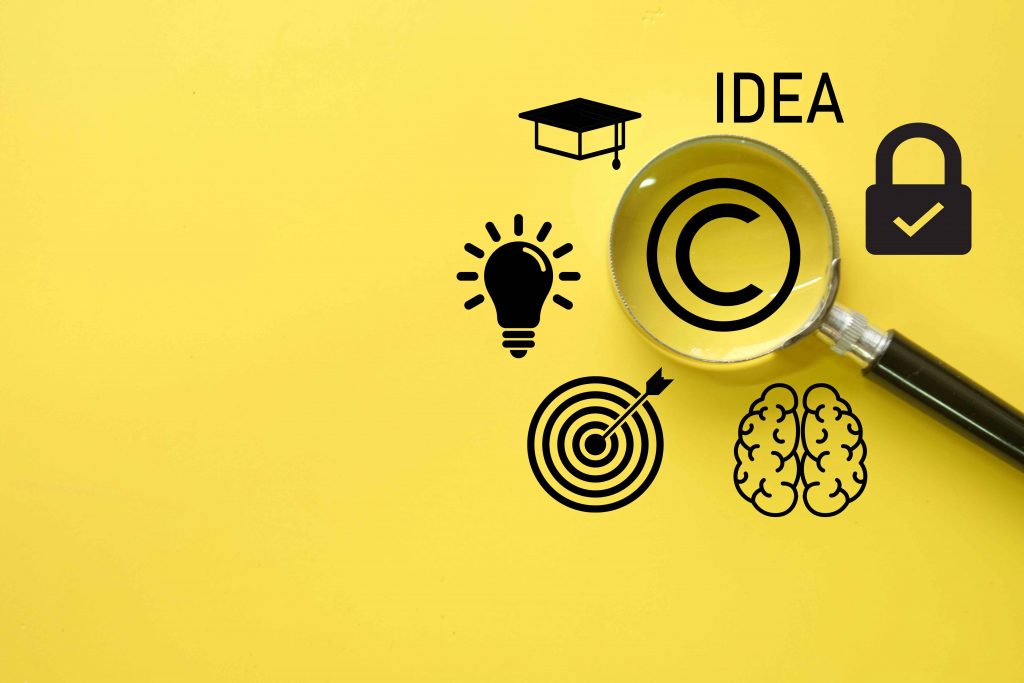
The Thesis Files: Infinity Clause
As an early career researcher, same rules apply in regards to using copyrighted material.
- Copyright ownership in research outputs: Generally, the copyright in research outputs, such as theses or dissertations, belongs to the author(s) of the work.
- Copyright considerations when sharing data and findings: When sharing research data or findings, be mindful of any copyright restrictions that may apply. If your thesis was funded, your funders might request you to share your data. Get in touch with the Open Research Manager for Data and Methods for more information.
- Ethical use of copyrighted materials in research: Always cite copyrighted materials appropriately and adhere to fair dealing guidelines when incorporating them into your research. If you use AI tolls, please follow the guidance for the use of Gen AI in assessments. You can find more guidelines on AI use, on AI guidelines at Loughborough website.
- Open Access and copyright: Explore and utilize open access publishing options to make your research outputs freely accessible to a wider audience. Essential guide to Open Access by Publishers’ Licensing Services is a good guide to understanding why open access is important.
Support for research at the University can be found on the Research and Innovation website, information on research ethics and integrity holds information that researchers need with regards to the ethics process and application for ethics can be found at Loughborough University Ethics ONline (LEON). Please also familiarise yourself with Loughborough University’s Code of Practice.
For finding useful resources for your thesis, you can explore our Sourcing material section.
Copyright in Libraries: Guardians of the Stacks
As students, you will also deal with copyrighted material on a daily basis. Be it the material that you find on LEARN or be it any material that you use from the library. The Library pays for licences that enable you to access online materials, like ebooks and journal articles. As a student you can download and print a limited amount of these materials. You are limited to printing one chapter of a book or two journal articles from a journal issue. Please do keep to these restrictions.
You are not allowed by law, to share these resources with anyone outside the University who does not have access to these resources, unless the articles, chapters or books are shared under a Creative Commons license.
As students engaged in writing essays, reports and design, you are likely to encounter copyrighted materials in various forms. Understanding copyright considerations in use for assignments is crucial for ensuring ethical and compliant practices:
- Copyright ownership in assignments: Students following taught programmes of study will normally retain ownership of Intellectual Property where they can demonstrate that they have developed it in the course of their studies or through use of University facilities.
- Copyright consideration in assessments and assignments: There are exceptions within copyright law which will allow you to use copyrighted material for the purpose of quotation, criticism and review. You will need to deal fairly with the material you use. You can find out more about exceptions, in the copyright basics section on our copyright website.
- Ethical use of copyrighted materials in assignments: Always cite copyrighted materials appropriately and adhere to fair dealing guidelines when incorporating them into your assignment. If using AI tolls in your assignments, please follow the University’s guidelines for Generative AI use in assessments.
- Copyright material for design and decoration purposes: Using copyright material for decoration purposes will not cover you under the exceptions. For decoration or design purposes please use material which is in the public domain (copyright has expired or has been relinquished) or material which is under a Creative Commons license. You can find such material in our Sourcing materials section.

Copyright: Age of Machines
Digital technologies have transformed how we create, share, and engage with cultural and academic content—placing users at the heart of the creative process. But while access has expanded, it’s important to remember: content online isn’t free to use just because it’s easy to find. Someone owns it.
Owning a physical copy of a book, film, CD, or song doesn’t automatically grant the right to copy or distribute it. Copyright law exists to strike a balance—rewarding creators for their work while allowing users certain freedoms through exceptions and limitations.
In academia, this balance is especially important. Every researcher, student, and lecturer is both a creator and a user. Understanding copyright helps ensure that we all benefit from a system that protects originality while supporting fair access and ethical use.
Artificial Intelligence (AI) is now part of everyday life—from voice assistants to personalised recommendations. It’s reshaping industries and how we create and consume content.
Generative AI tools like ChatGPT and DALL·E produce text, images, music, and more using deep learning. These systems are trained on vast datasets, but it’s often unclear whether the material used is freely available or protected by copyright.
This raises important questions: Can AI-generated content infringe on human authorship? Is it plagiarism if sources aren’t credited? And what happens when AI “hallucinates”—producing false or fictional outputs?
As AI continues to evolve, understanding its impact on copyright is essential for ethical research, teaching, and creative work.
The University subscribes to Microsoft 365 Copilot. This licence ensures that the University’s data is handled securely within Microsoft’s trusted environment, offering protections around privacy, compliance, and data governance that are not guaranteed with public or free AI tools. More information on data protection and AI guidelines can be found on IT services websites.
Guidance for students
If you have used Generative AI tools in the development of your work, you must clearly acknowledge this when submitting it for assessment. This applies whether the tools were used for background research, independent study, or to generate content that you later modified and incorporated into your submission. Failure to disclose the use of AI tools will be considered academic misconduct under University policy.
Guidance for staff
To offer a forward-thinking academic experience, universities should help students build skills for future employment—including the ethical and discipline-appropriate use of Generative AI. Developing AI literacy alongside core academic skills like citation and critical thinking is vital, both because employers expect it and because students often arrive with prior exposure but limited understanding of responsible use.
For more information, please see the Generative Artificial Intelligence in Learning, Teaching and Assessment guidance for staff.
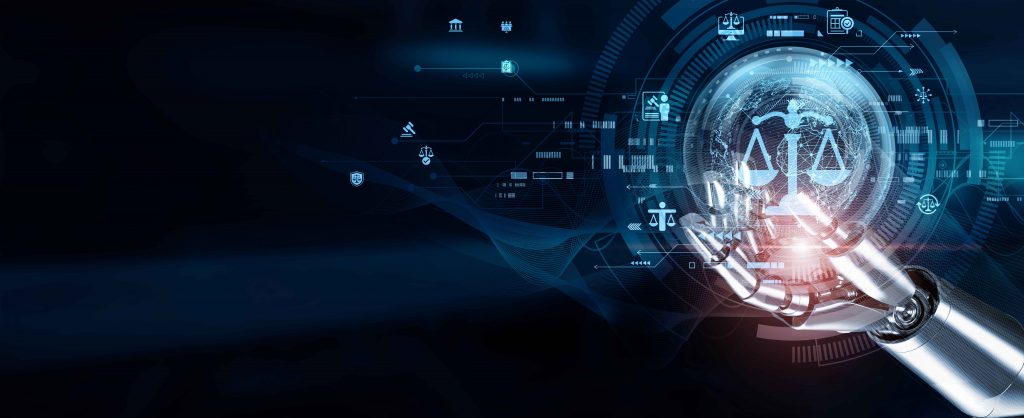
Copyright: The Endgame & Beyond
As you could probably tell, copyright in Higher Education is not easy to navigate. There are a multitude of traps that are laid along the way which even the most seasoned copyright hero or anti-hero can fall foul off.
However, do not despair, on our Copyright webpages there is an array of information for you, no matter how difficult the copyright case you are working on, is.
We also have a multitude of blog posts, which dig deep in certain areas of copyright, from using images, showing films and creating and using art.
There are also a multitude of self-guided training resources to help with a better understanding of copyright.
And last, but by no means least, a selection of books, journals and other resources available on the Copyright Reading List (sign in required).
We hope this quick (only 3000 words) introduction to copyright law and how it affects you while studying or working at the University has helped remove some of unknowns when it comes to re-use of third-party copyright material.
Avengers, assemble.
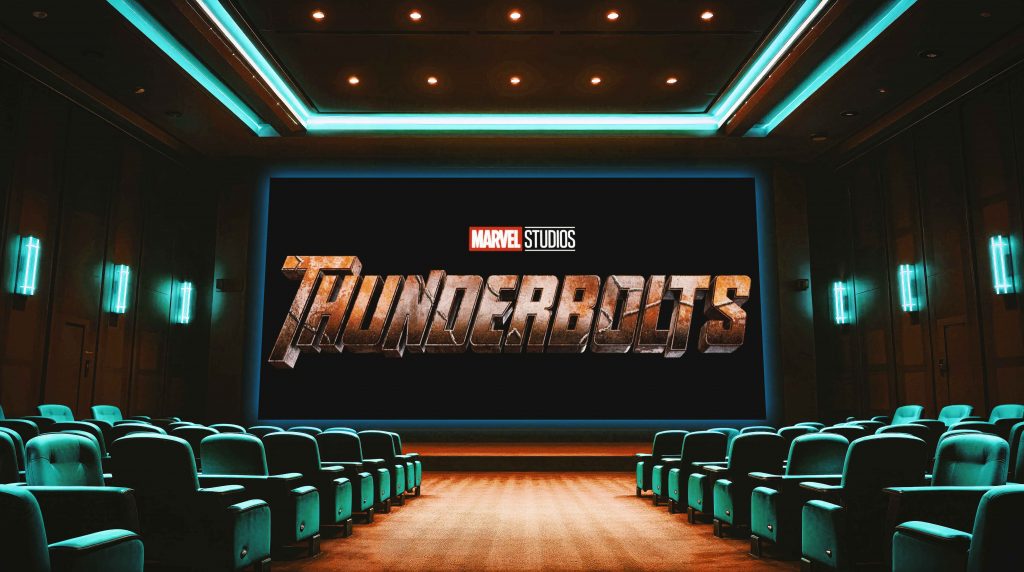
© Marvel. Editorial use only
Spoiler alert – if you have not yet watched Thunderbolts* The New Avengers, stop reading! As you might have noticed, the titles of this blog post have been somewhat inspired by the Avengers films. The reason why, is simple. I love the Avengers but also because the credit scene in the aforementioned film, mentions copyright. Now technically, what they say is wrong, at least in our Universe, that is not to say that in the Avengers Universe it isn’t possible to copyright a name.
In our Universe you a name can only be trademarked, not copyrighted. Also, changing the s in a z, so Avengerz will not do much. It will not be given protection due to the similarity to Avengers and most likely the courts will consider that it would confuse the customer base, or the people needing rescue.

The information contained in this blog post should be taken as recommended advice or guidance but should not be taken as legal advice. If in any doubt, please seek proper legal advice.
Open Research
Copyright, Open Access and all things Open Research
Join the discussion
1 Comment
카지노사이트 제작
it’s a ritual of authorship, a protective veil around the labor, lineage, and emotional infrastructure of creation. 코드게임즈